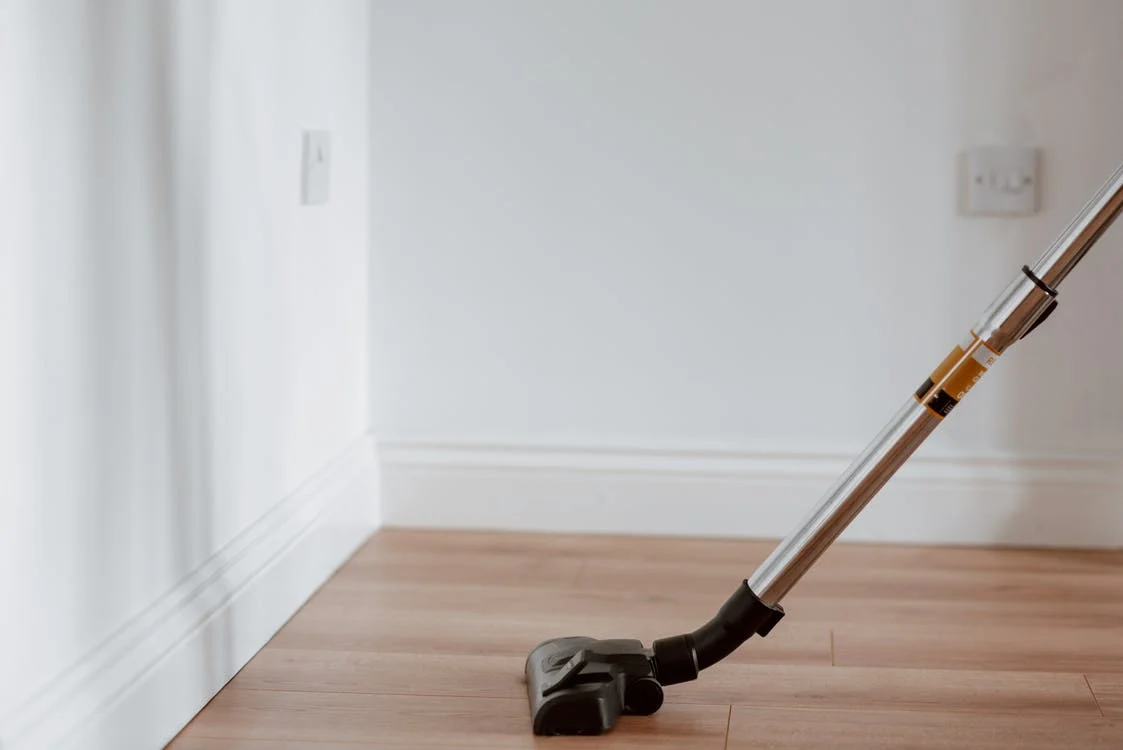Interviews are a great addition as a primary source to any research paper. You can collect unique information directly from an expert on your topic. Especially qualitative research papers are enhanced with interviews. You don’t have to interview just one expert, but several, and then incorporate the results into your paper. Let’s have a look at how to do an interview properly and how to use it for your academic research paper.
Table of Contents
Professional setup for your interview
Many interviews unfortunately fail to be valuable sources just for being unstructured. Apart from the interview structure, the method of your questioning plays a huge role, too.
At first, you have to determine the experts for your topic and how to contact them. Interviews can be done personally, via phone or even via email, though personal interviews tend to be the best. Once you’ve found your experts, try to find out as much about them as you can. It’ll support you in finding the right questions to ask.
Next, you can put down some questions. Try to use open-ended questions instead of closed ones. Here’s a small hint to distinguish those two questionings:
- Open-ended questions allow the interviewee to respond in a more elaborated manner.
- Closed questions lead the interviewee to only reply with a plain yes or no. Such replies are not helpful for your research paper.
Here’s an example for open-ended questions: “I’d like to hear your thoughts as to how new climate change policies have affected the productivity of your company. Have your production methods changed?”
Additionally, you can put down some notes on when to jump to which question. Depending on what your interviewee replies to your first question, the second question may not be relevant. Or he already answered that question unknowingly. If that’s the case, you can jump to the third or even the fourth question. Make sure to write down any questions you have for your interviewee to receive as much first-hand information. And as much detailed information as possible.

Time for the interview
Before you conduct any interview you need a written informed consent of your interviewee. It’ll require an additional page for him to sign, in which he agrees to publish the interview for your paper. Furthermore, make sure whether your interviewee is alright with being named personally. If not, you have to treat your interviewee as an anonymous source.
At best, begin the interview with some small talk to establish a baseline and to get to know each other a little. Once you’re ready for the interview, ask your interviewee to tell about himself and his experience. Again, this part should be as detailed as possible. In letting your interviewee tell about the background you can demonstrate he’s a credible source.
Take notes during the interview, however if you can record it, it’ll be much better. You can transcribe the interview later and you surely won’t miss out on any information. It’s hard to take appropriate notes during the interview itself. You could compare it with dictation and you’d have to ask a couple of times to confirm your notes are correct. An email interview would save you the time of having to arrange an appointment and taking notes. Your interviewee replies to all your questions in writing. Personal interviews make a better impression on your research paper.
Once you’ve finished the interview, you’ll only have to transcribe it (if it wasn’t an email interview). Evaluate the replies and be careful not to skew them to your liking. Cite replies from your interviewee as he actually did according to your questions. If you were to quote from any other of his replies, the meaning of what your interview will be screwed up. That’s a method so-called fact-checkers and most of the media do. They love to use interviews as they see it fit for their story. Academic research requires you to remain objective and to use the interview as it is.

Methods of incorporating your interview
To use an interview for your academic research paper, there are different styles. In fact, the method you’re using is pretty much the same as for any citation styles. Moreover, it depends on it if you are allowed to allocate the interview to the appendix.
Add direct quotes
The easiest way to incorporate an interview is with direct quotes. You can add those quotes directly into a sentence:
Renowned scientist Mrs. Miller said in a personal interview on July 5th, 2020: “The climate change data are all false and don’t take collected data from ice samples into consideration.”
In a personal interview May 1st, 2021, Dr. Smith said: “The information I provided as personal health advisor to the President of the United States was deliberately false and misleading.”
“The current lines of production are not exhausted’ (J. Kellahan, CEO of ABC Steel Corp., personal communication, April 12th, 2020)
If your quotes are longer than just one sentence, there are several rules to incorporate them as a blockquote. According to the MLA style, you have to set it as a block quote if it takes up more than four lines. In APA style, you do it with forty words and more, and with CMS style with more than a hundred words.
Take advantage of indirect quotes
Another method of using your interview would be via indirect quotes:
According to Jerry Kallahan, the production lines were not fully exhausted.
Dr. Smith also claimed he had been bribed to forward disinformation.
The only difference would be the citation style. In MLA style, you’d add parentheses after your indirect quote, such as (personal communication, April 12th, 2020). If you don’t mention the name it’d look like this: (Kellahan, J., CEO of ABC Steel Corp, personal communication, April 12th, 2020). Under APA guidelines, the citation would be a little different: (J. Kellahan, personal communication, Appendix X).
You don’t have to quote the interviewee completely
Some sentences of your interviewee can be rather long. You can take out pauses as well as slang words, but be careful not to change the meaning of the interview. An entire sentence could be left out, as long as it doesn’t change the meaning. Use an ellipsis if you’re taking out parts of what the interviewee said for your quote. Likewise, use the most important parts of the interview to support your argumentation during academic research.




